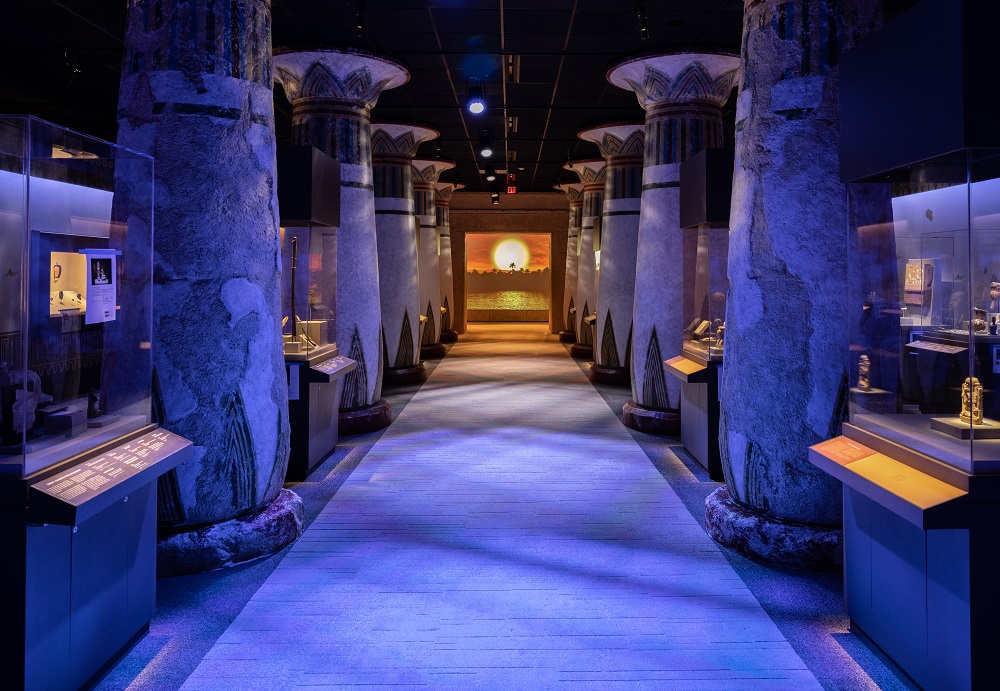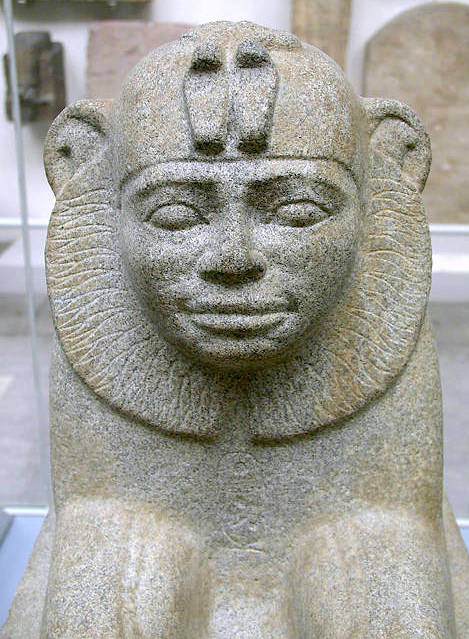The cubit was Ancient Egypt’s standard unit of measure, much like our foot or meter measurement. There were two cubit lengths in ancient Egypt: the short cubit and the royal cubit. The short cubit was the distance from the elbow to the tip of the middle finger of the pharaoh. The royal cubit was the distance from the elbow to the middle fingertip, plus a palm width.
 The ancient Egyptians also had smaller units of measure called the palm and the digit. The palm was the width of your four fingers held close together, and the digit is the width of your index finger. So, to review:
The ancient Egyptians also had smaller units of measure called the palm and the digit. The palm was the width of your four fingers held close together, and the digit is the width of your index finger. So, to review:
• A cubit is the length from your elbow to the tips of your fingers
• A palm is the width of your four long fingers
• A digit is the width of your finger
 We’ve put together a handy little activity to teach your kids about ancient Egyptian units of measurement below:
We’ve put together a handy little activity to teach your kids about ancient Egyptian units of measurement below:
Materials
Measuring tape
Paper
Pencil
Markers
Scissors
Stiff cardboard
Procedure
1. Separate children into pairs. They will take turns measuring each other from elbow to the tip of the middle finger using the measuring tape. They should record this number, as they will need it shortly.
2. Now, using stiff cardboard, students will measure out the same length as their measurement from elbow to fingertip and cut the cardboard to this length in the shape of a standard ruler.
3. They should then divide the cubit into palms and digits using four fingers of the hand for the palm and one finger-width for the digit divisions.
4. Using markers, students should neatly record the following information on their cubit: Their name, length of the cubit in inches, and length of the cubit in centimeters.
5. Ask the class if all of the cubits will be the same length. Why or why not?
6. Record all of the cubit lengths from the entire class and average that number. This could be the standard length of the “class cubit.”
7. Measure different items using your cubit.







